Increased Demand for Rail Transportation
The Rail Coating Market is experiencing a surge in demand for rail transportation, driven by the need for efficient and sustainable logistics solutions. As urbanization accelerates, cities are increasingly investing in rail infrastructure to alleviate traffic congestion and reduce carbon emissions. This trend is reflected in the projected growth of rail freight, which is expected to reach a market size of approximately 300 billion USD by 2026. Consequently, the demand for high-performance rail coatings that enhance durability and corrosion resistance is likely to rise, as operators seek to extend the lifespan of their assets and minimize maintenance costs.
Growing Investment in Rail Infrastructure
The Rail Coating Market is benefiting from substantial investments in rail infrastructure across various regions. Governments and private entities are channeling funds into upgrading existing rail networks and constructing new lines to meet the increasing demand for passenger and freight services. This investment trend is expected to create a robust market for rail coatings, as new projects require high-quality protective coatings to ensure the longevity and safety of rail systems. The anticipated growth in infrastructure spending, projected to exceed 1 trillion USD by 2027, will likely bolster the demand for specialized coatings tailored to meet the unique challenges of rail environments.
Regulatory Compliance and Safety Standards
The Rail Coating Market is significantly influenced by stringent regulatory compliance and safety standards imposed by various authorities. These regulations often mandate the use of specific coating materials that can withstand harsh environmental conditions and ensure the safety of rail operations. For instance, the introduction of new safety protocols may require rail operators to upgrade their coating systems, thereby driving demand for advanced coating solutions. The market is expected to see a shift towards eco-friendly and non-toxic coatings, aligning with global sustainability goals, which could potentially reshape product offerings in the industry.
Technological Innovations in Coating Solutions
Technological advancements are playing a pivotal role in the Rail Coating Market, as manufacturers are increasingly adopting innovative coating technologies. Developments such as nanotechnology and advanced polymer formulations are enhancing the performance characteristics of rail coatings, including adhesion, flexibility, and resistance to wear and tear. These innovations not only improve the longevity of rail assets but also contribute to operational efficiency. The market is likely to witness a rise in demand for smart coatings that can provide real-time monitoring of rail conditions, thus enabling proactive maintenance strategies and reducing downtime.
Focus on Sustainability and Eco-Friendly Solutions
The Rail Coating Market is increasingly aligning with sustainability initiatives, as stakeholders prioritize eco-friendly solutions. The growing awareness of environmental issues is prompting rail operators to seek coatings that minimize ecological impact while maintaining performance standards. This shift is reflected in the rising demand for water-based and low-VOC coatings, which are less harmful to the environment. As sustainability becomes a core focus for rail operators, the market is expected to evolve, with manufacturers innovating to develop coatings that not only meet regulatory requirements but also contribute to the overall reduction of the carbon footprint in rail operations.


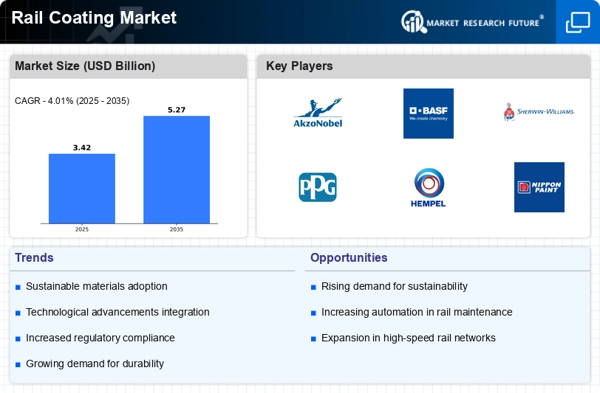
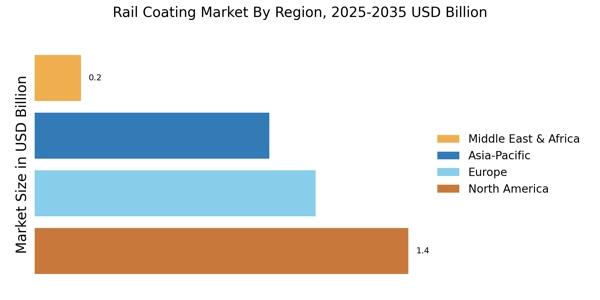



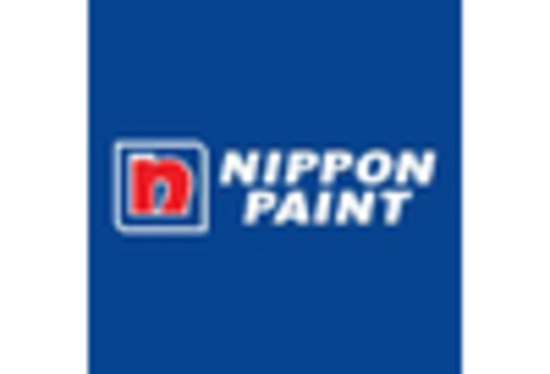
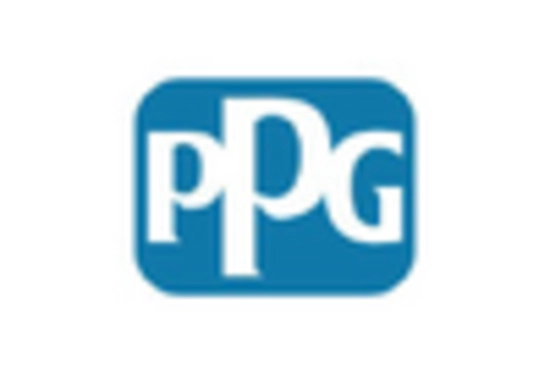
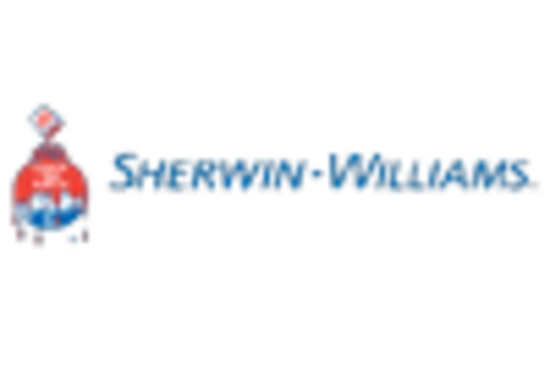








Leave a Comment